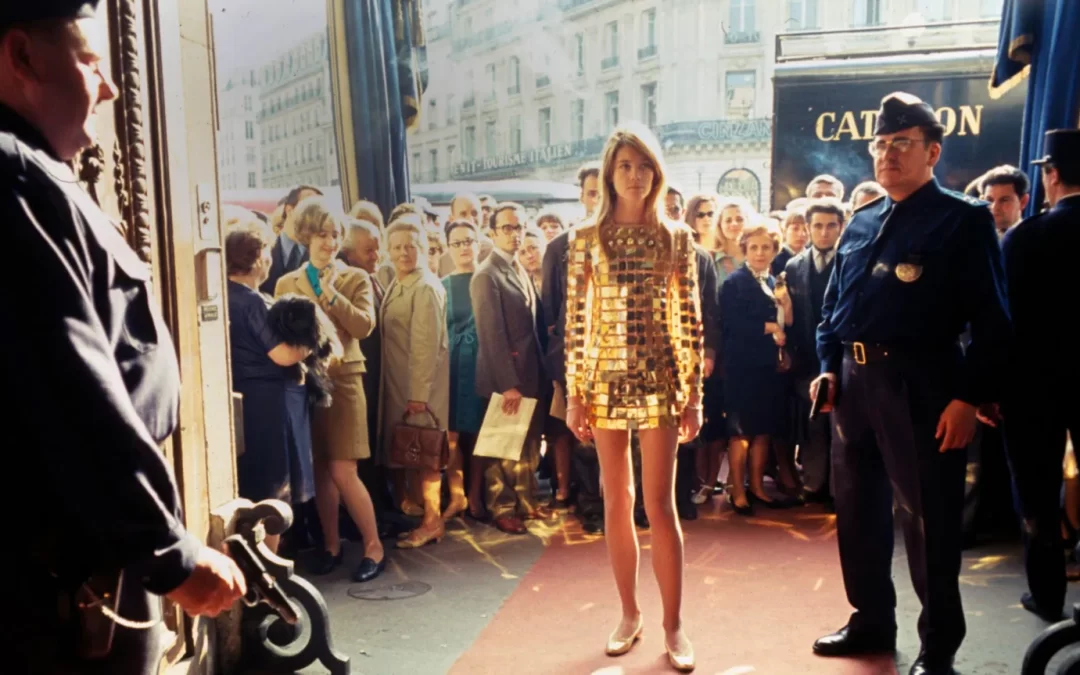
PHOTO VIA @RALPHLAUREN / INSTAGRAM
THE SCANDALOUS, GROUNDBREAKING, TIE-WEARING WOMEN
This little style rebellion dates back over a century, to the roaring 1910s and 1920s, when fashion was shaking off the dust of modesty and restrictions.
Cue the flappers. These women weren’t just cutting their hair and dancing in jazz clubs (*gasp!*)—they were shredding the rulebook on how a “proper” lady should dress. Gone were the corsets, layers, and long locks. Enter bobs, looser silhouettes, and yes, even pants and ties.

PHOTO VIA SHORPY
They were swapping the ultra-feminine for a dash of androgyny, proving that fashion was the perfect canvas for rebellion and a statement. And what better symbol of defiance than the tie—traditionally a man’s domain—now hanging proudly from a woman’s neck as a badge of independence and power.

PHOTO VIA: UNKNOWN
While ties have since come and gone in women’s fashion on the streets, the runway, and the screen, their resurgence today feels even more natural and integrated than ever before. And that’s no coincidence.
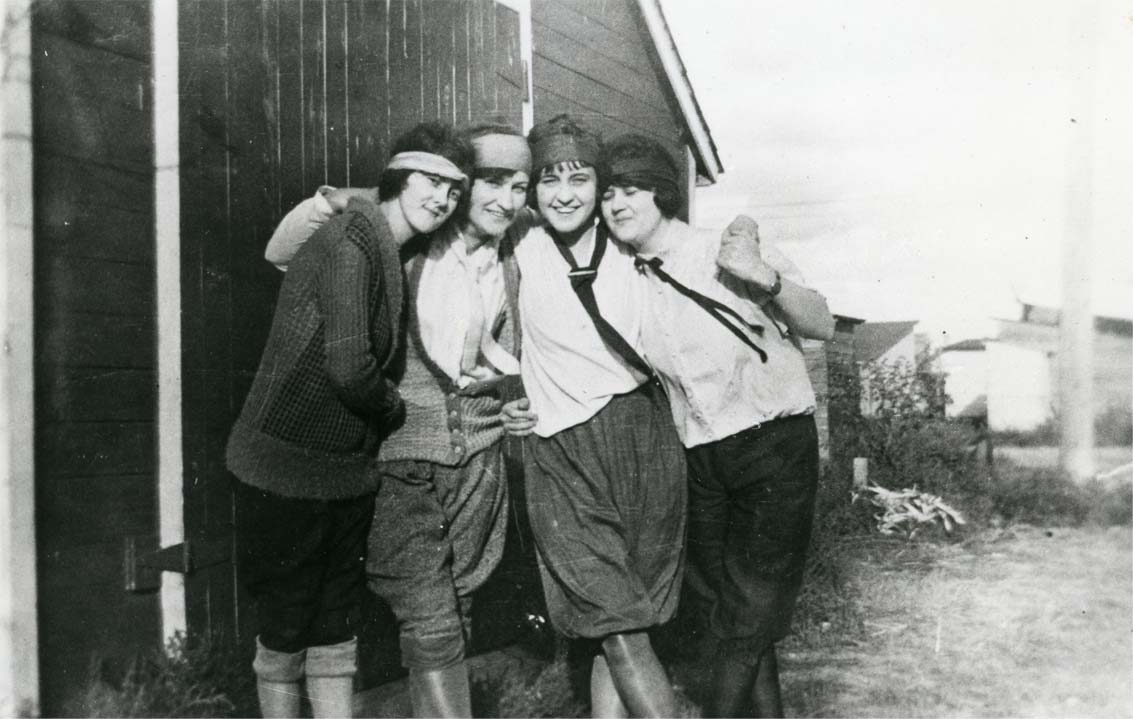
PHOTO VIA SASKATCHEWAN PROVINCIAL ARCHIVES
THE POLITICS OF TIES AND FASHION
Fashion has always been political, hasn’t it? Back in the 1920s, it wasn’t just about looking chic. It was about women breaking free from the shackles of societal norms, their clothes reflecting the fight for equality, right on the heels of the 19th Amendment. Women were no longer content to sit pretty in the confines of gender roles. Their style? It screamed independence.
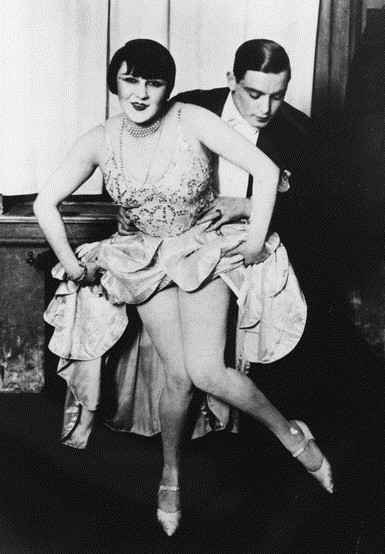
PHOTO: BETTMANN
Fast forward to today, and it’s like déjà vu. Societal standards are once again on trial, but this time, the jury’s global—and powered by social media.
the ’20s making a comeback in the 2020s

PHOTO VIA PINTEREST

PHOTO VIA PINTEREST
Style Inspiration: How to Wear a Tie
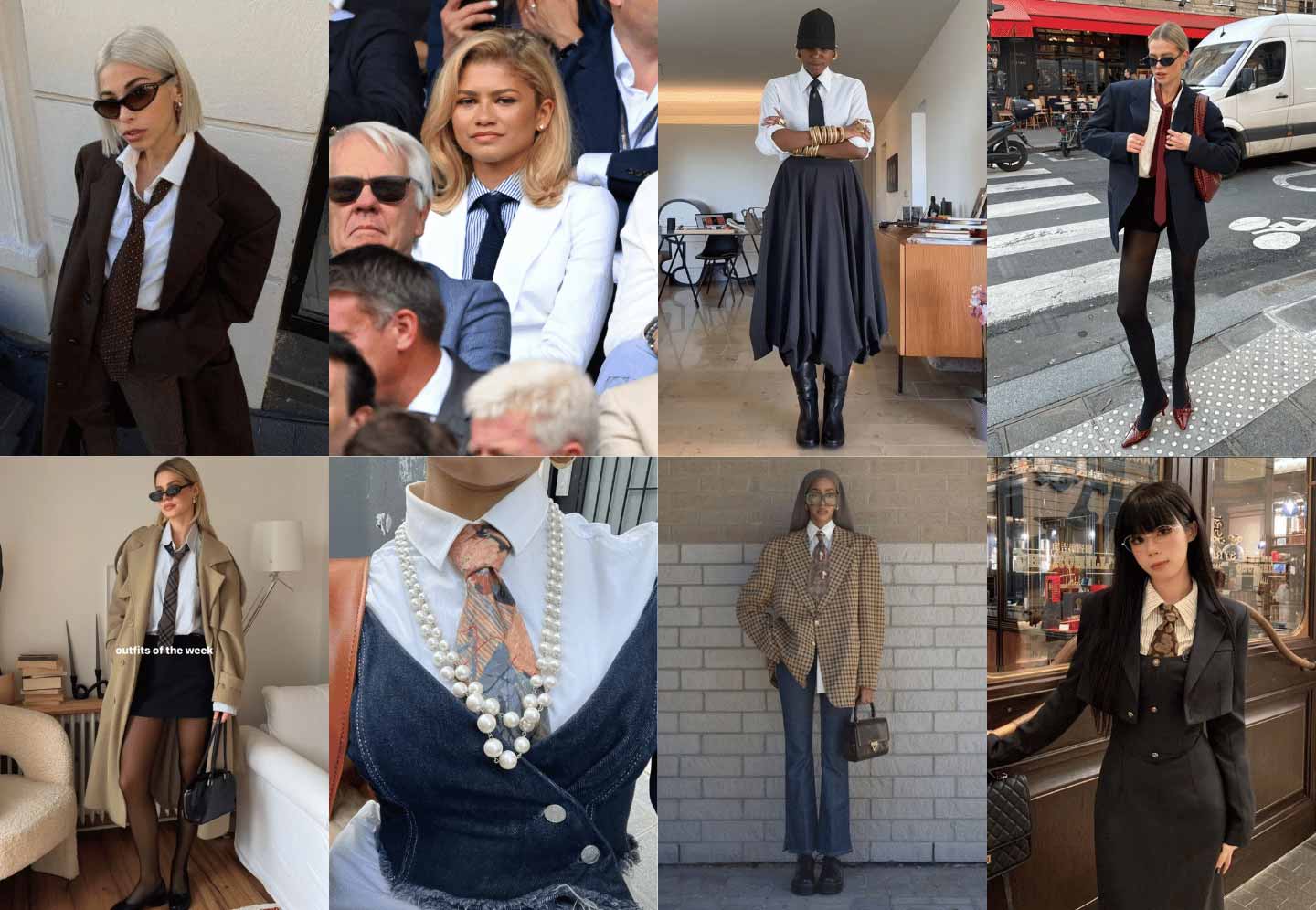
PHOTOS VIA PINTEREST
Mindful Consumerism & a New Generation of fashion
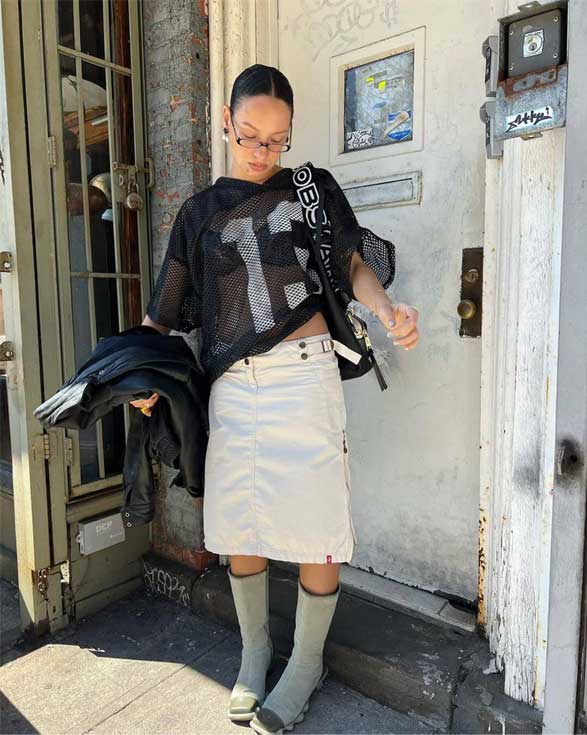
PHOTO VIA PINTEREST
Men shop women’s, women shop men’s—no one’s playing by the “rules” anymore. The oversized blazer trend? Dad shorts? Dad sneakers and baggy jeans? These were all dominoes in the same falling sequence.
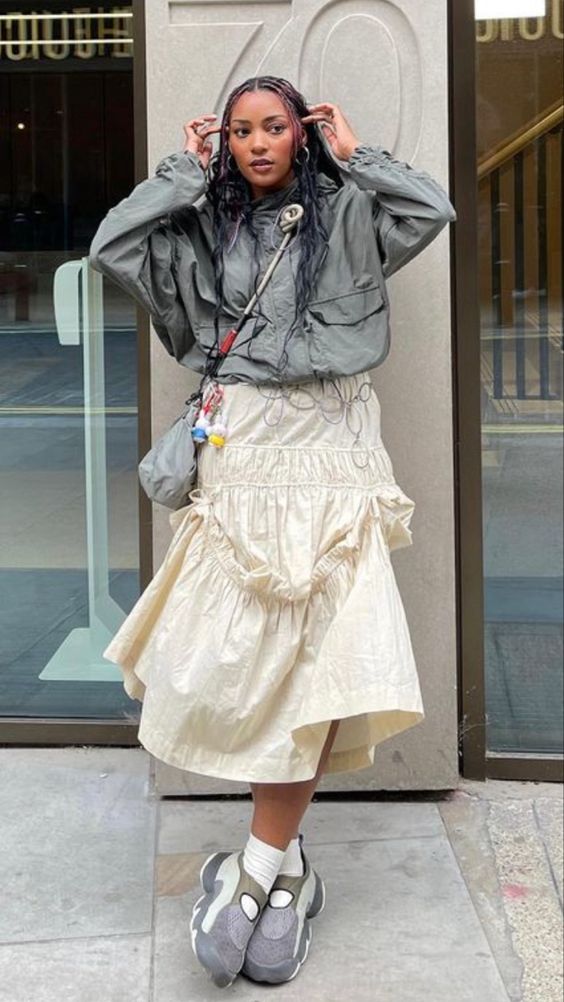
PHOTO VIA PINTEREST

PHOTO: @B4RFBRAIN / INSTAGRAM





